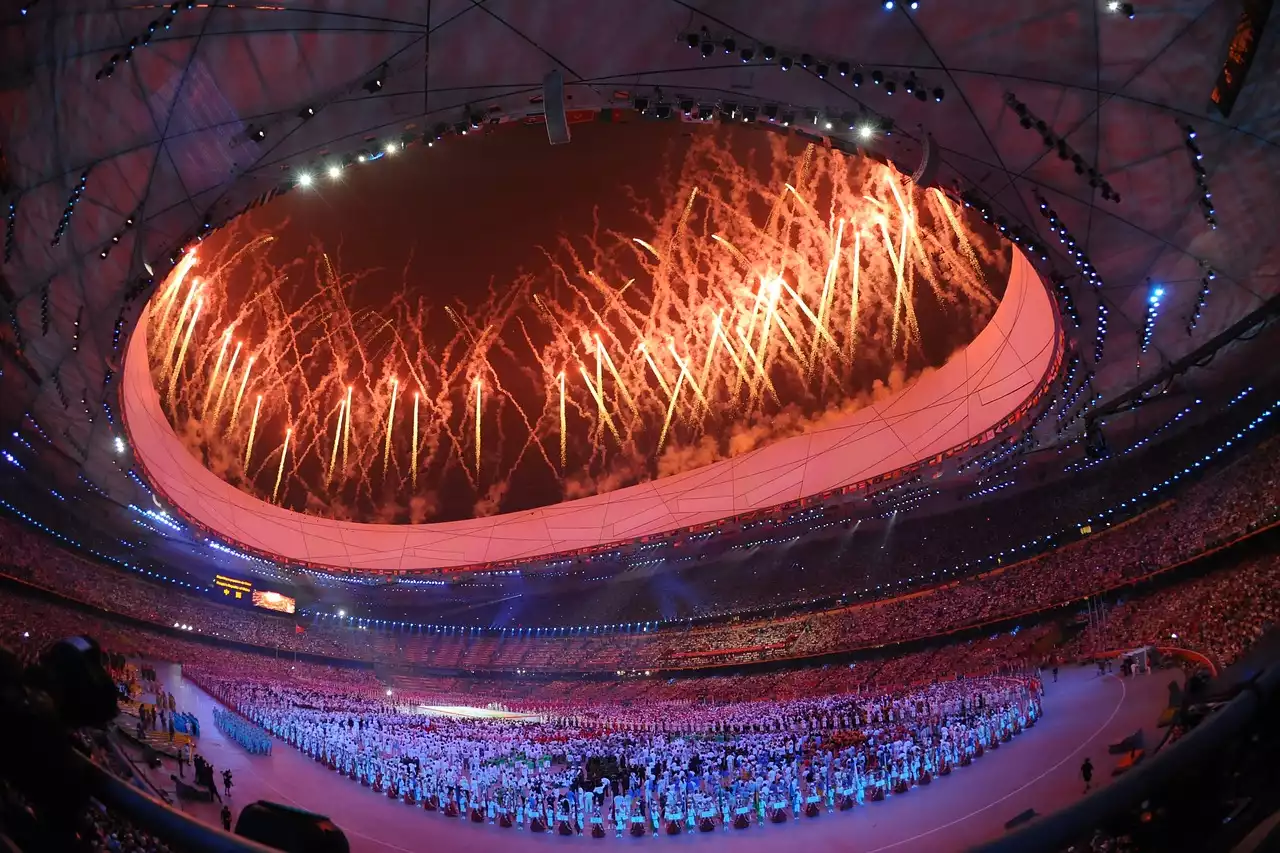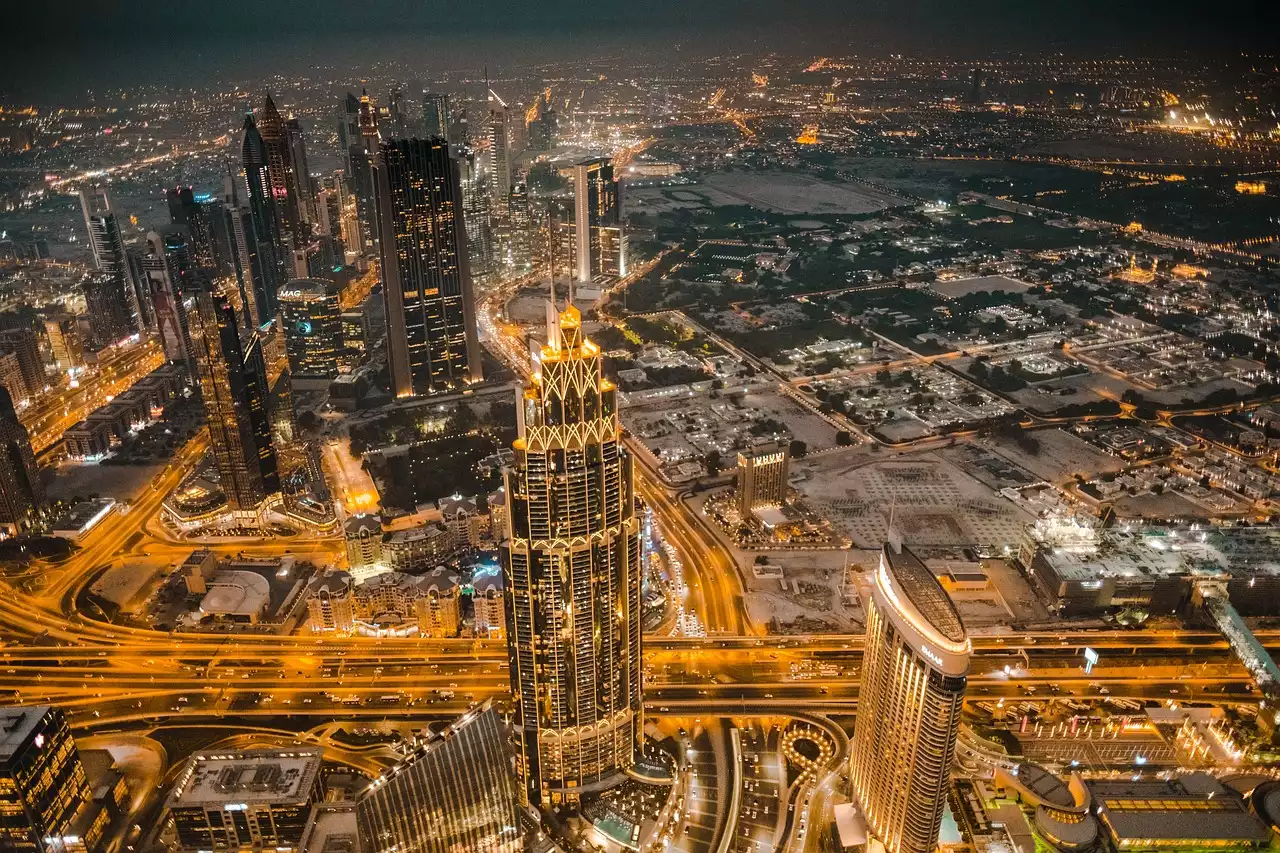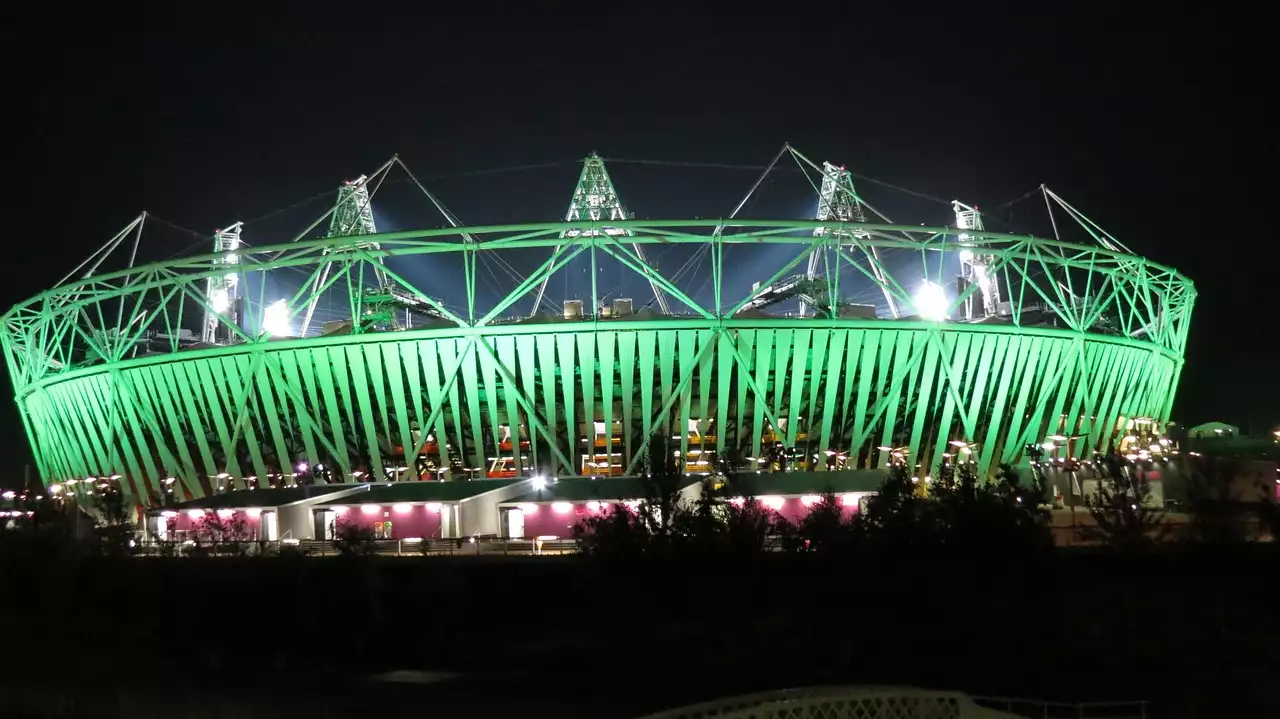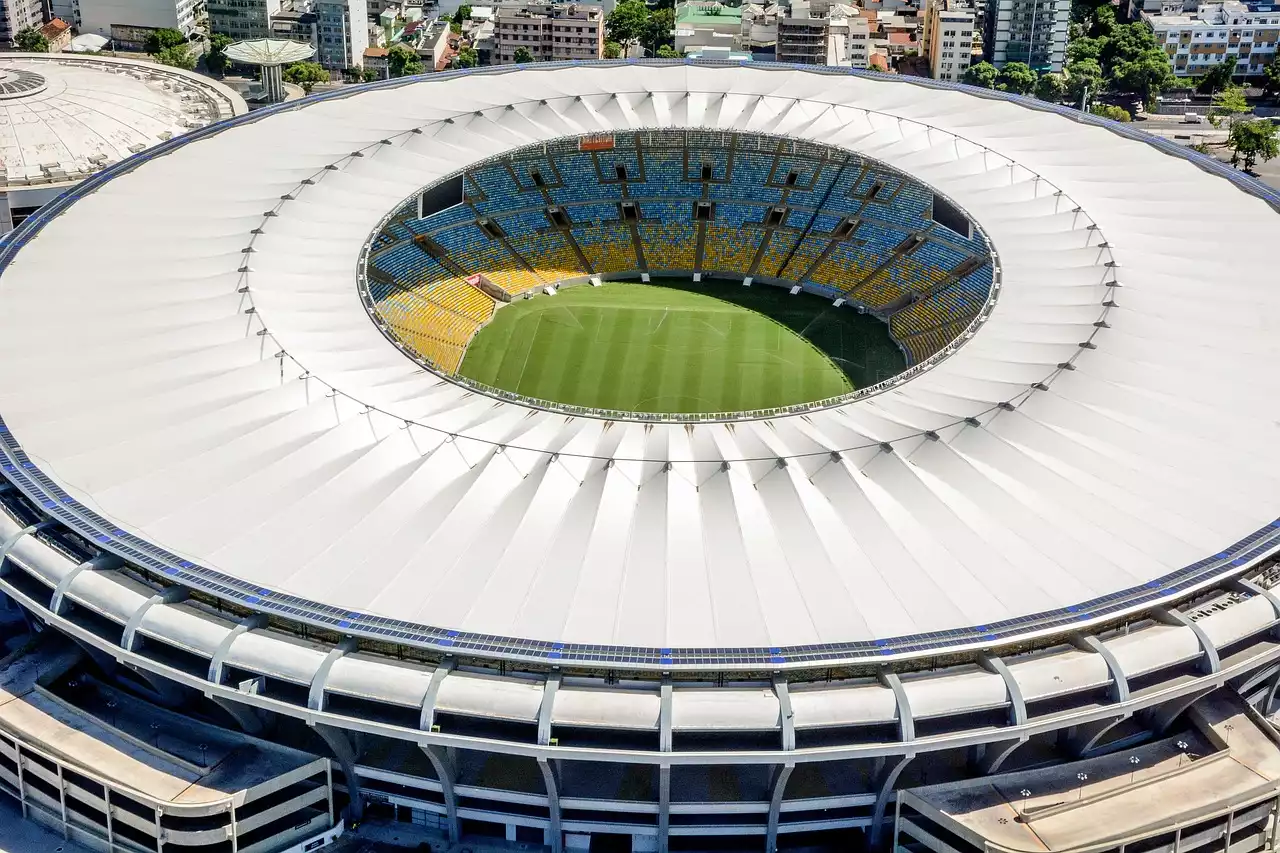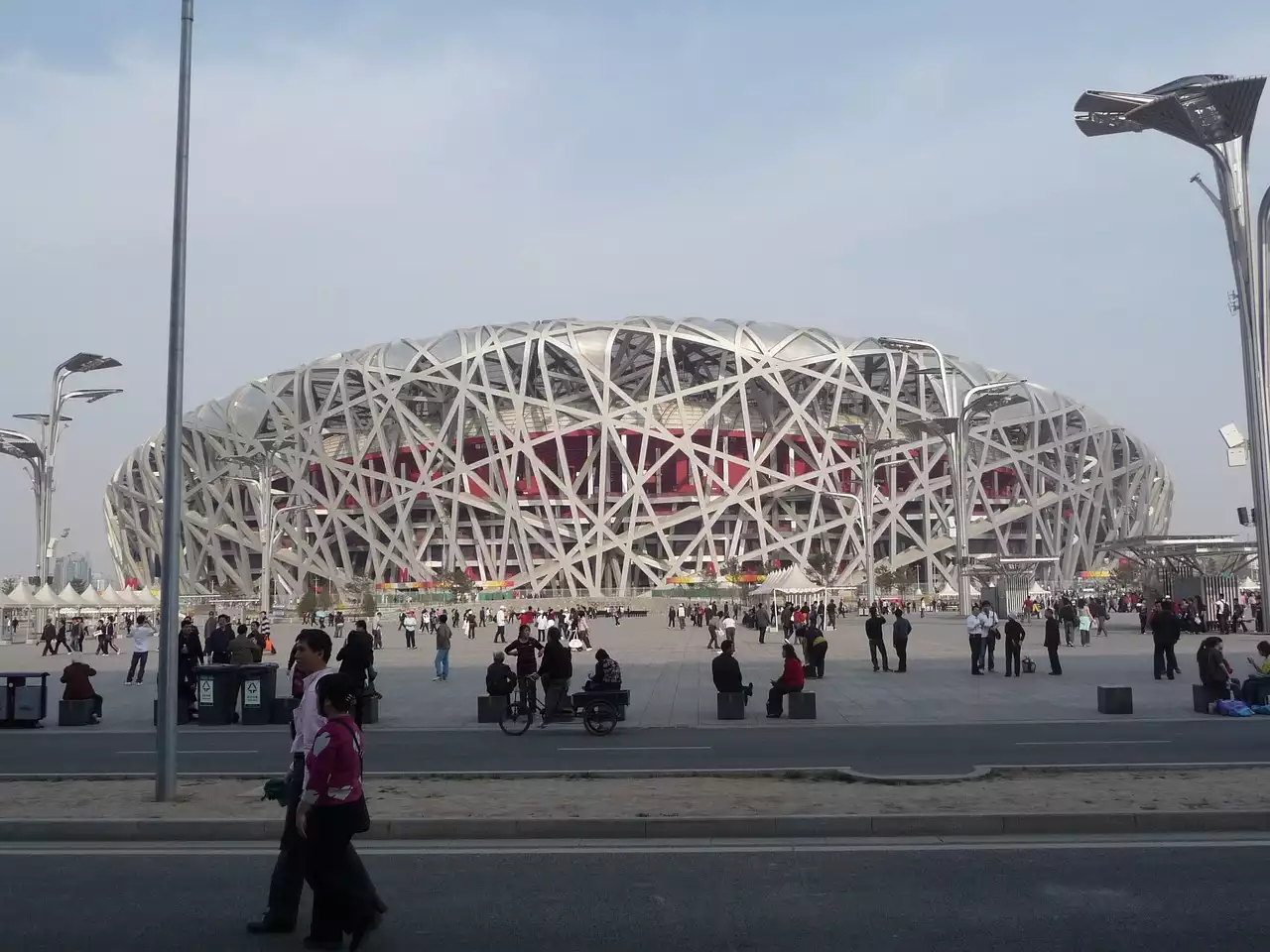Historical overview of Olympic Stadium Locations and Attendance
Throughout the history of the Olympic Games, the choice of stadium location has played a crucial role in determining the success of the event. From ancient times, when the Games were held in Olympia, Greece, to the modern era, each host city has faced the challenge of selecting a venue that can accommodate a large number of spectators.
In the early years of the Olympics, attendance was largely limited to local residents and travelers from nearby regions. However, as the Games gained international recognition and popularity, the demand for larger and more accessible stadiums grew. This led to the construction of purpose-built Olympic stadiums in various cities around the world.
Factors that influence attendance at Olympic stadiums
Several factors contribute to the attendance at Olympic stadiums. One of the most significant factors is the accessibility of the venue. A stadium located in a city with excellent transportation infrastructure, including airports, highways, and public transportation systems, is more likely to attract a larger number of spectators.
Another important factor is the local interest in the sport and the Olympics. Cities with a strong sporting culture and passionate fans are more likely to see higher attendance rates. Additionally, the historical significance of the host city and its connection to the Olympic movement can also influence attendance. For example, a city with a rich Olympic history, such as Athens or Los Angeles, is likely to generate more interest and attract a larger crowd.
Case studies of successful Olympic Stadium Locations and high attendance
One prime example of a successful Olympic stadium location is the Maracana Stadium in Rio de Janeiro, Brazil. The stadium, which hosted the opening and closing ceremonies of the 2016 Olympic Games, attracted over 1 million spectators during the event. Its central location, excellent transportation links, and the passionate Brazilian sports culture all contributed to its success.
Another noteworthy case is the Sydney Olympic Stadium, which hosted the 2000 Olympic Games. The stadium's strategic location in Sydney's Olympic Park, combined with the city's vibrant sports scene, resulted in record-breaking attendance figures. The iconic architecture of the stadium and its proximity to popular tourist attractions further enhanced its appeal.
Case studies of unsuccessful Olympic Stadium Locations and low attendance
Not all Olympic stadium locations have been equally successful in attracting large crowds. The 2004 Olympic Games in Athens, Greece, faced challenges when it came to attendance. Despite the historical significance of Athens as the birthplace of the Olympics, the stadium's remote location and limited transportation options posed difficulties for spectators. This, coupled with an economic downturn and a lack of interest in certain sports, led to lower-than-expected attendance figures.
Another example is the 2008 Olympic Games in Beijing, China. While the Bird's Nest Stadium, the main Olympic venue, was an architectural marvel, its location on the outskirts of the city made it less accessible for many spectators. Additionally, the strict visa requirements and limited ticket availability further hindered attendance.
The impact of infrastructure and transportation on attendance
Infrastructure and transportation play a crucial role in determining attendance at Olympic stadiums. Cities with well-developed transportation networks, including airports, highways, and public transportation systems, are better equipped to handle large numbers of spectators. Accessible and convenient transportation options make it easier for both local residents and international visitors to reach the stadium, resulting in higher attendance rates.
Furthermore, the availability of accommodation near the stadium also affects attendance. Cities with a wide range of hotels, hostels, and other lodging options in close proximity to the stadium can attract more spectators, as it provides convenience and reduces travel time for visitors.
The role of local culture and traditions in attracting attendees
Local culture and traditions can play a significant role in attracting attendees to Olympic stadiums. Host cities that embrace their unique cultural heritage and incorporate it into the Olympic experience can create a sense of excitement and intrigue among spectators.
For example, during the 2012 Olympic Games in London, the organizers showcased British culture and traditions through various ceremonies and events. The incorporation of iconic symbols such as the Queen, James Bond, and the Beatles created an atmosphere of celebration and pride, attracting both local residents and international visitors.
Strategies for maximizing attendance at Olympic Stadium Locations
To maximize attendance at Olympic stadium locations, host cities can adopt various strategies. One approach is to prioritize the development of transportation infrastructure, ensuring easy access to the stadium from different parts of the city and beyond. This can involve the expansion of public transportation systems, the construction of new highways, and the improvement of airport facilities.
Another strategy is to invest in marketing and promotion to generate interest in the Games and the host city. This can include targeted advertising campaigns, social media engagement, and collaborations with local businesses and tourism organizations. Creating a buzz around the event and highlighting the unique features of the host city can help attract a larger audience.
The future of Olympic Stadium Locations and attendance trends
As the world continues to evolve, so does the concept of Olympic stadium locations. In recent years, there has been a trend towards utilizing existing stadiums and venues, rather than constructing new ones. This approach not only reduces costs but also allows host cities to leverage the historical and cultural significance of their existing sports facilities.
Additionally, advancements in technology have opened up new possibilities for enhancing the spectator experience. Virtual reality, augmented reality, and interactive displays can create immersive and engaging environments within the stadium, attracting more attendees and increasing overall satisfaction.
The importance of choosing the right location for Olympic stadiums
In conclusion, the location of an Olympic stadium plays a vital role in determining attendance. Factors such as accessibility, transportation infrastructure, local interest, and cultural significance all contribute to the success or failure of an Olympic venue.
By carefully considering these factors and implementing effective strategies, host cities can maximize attendance and create memorable experiences for both athletes and spectators. The choice of the right stadium location can contribute to the overall success of the Olympic Games and leave a lasting legacy for future generations.
So, the next time you watch the Olympic Games, take a moment to appreciate the thought and planning that goes into selecting the perfect stadium location. It's not just about the sport; it's about creating an unforgettable experience for all those who have the privilege of being part of this global celebration of athleticism and unity.
